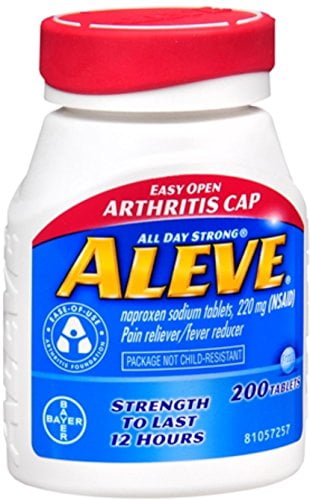
With time, the disks become thinner, and the soft tissue has less elasticity. Degeneration: The spinal disks in your neck may slowly wear down (degenerate).Starting in middle age, the disks between your vertebrae start to change. What causes cervical spondylosis?Īs you get older, your spine undergoes changes due to decades of normal wear and tear. Are exposed to a lot of vibration like bus or truck drivers.ĭisk herniation is one of the common causes of cervical spondylosis.Do heavy lifting like construction workers.Have a previous neck injury, such as from a car accident.Strain your neck often for your job, like looking overhead (for example, painters) or downward (plumbers or flooring installers) for many hours every day or keeping your head at an improper position for long periods of time (for example, staring at a computer screen that is too high or low).Have one or more family members with this condition.In addition to age, you are more likely to experience neck pain or other symptoms related to cervical spondylosis if you: Older age is a risk factor for cervical spondylosis. Who is most at risk for getting cervical spondylosis? By age 60, almost nine in 10 people have cervical spondylosis. The spine likely begins this wearing-down process sometime in your 30s. How common is cervical spondylosis?Ĭhanges in your spine are considered a normal part of aging. All of these changes are defined as spondylosis. Cartilage wears out over time, disks lose their volume and become dried and cracked, ligaments may thicken and bone spurs may form where bones rub against each other in areas that are no longer covered with cartilage. Spondylosis is the natural wearing down of these parts of the spine. Ligaments are soft bands of tissue that connect the vertebrae together. Within every joint is cartilage, which cushions the ends of bones. Two joints in the back of the spine are called facet joints. The front joint is called the intervertebral disk. There are three joints between each pair of vertebrae.

Disks are like “jelly-filled, cushy doughnuts” between each vertebrae.

The disks are made of flexible but strong connective tissue filled with a gel-like material. The disks act like the body’s shock absorbers. The spinal cord and nerves carry messages between the brain and rest of body, including muscles and organs. Running through an opening of the entire vertebral column are the spinal cord and its nerves. The cervical spine consists of seven vertebrae that begin at the base of the skull. Your entire spine is made up of 24 vertebrae (bones of the spine). What are the parts of the cervical spine? Sometimes this condition is called arthritis or osteoarthritis of the neck. What is cervical spondylosis?Ĭervical spondylosis is a general term for age-related wear and tear in the cervical spine (neck) that can lead to neck pain, neck stiffness and other symptoms. Cervical spondylosis affects one or more of the first seven vertebrae (and related parts) of the spine.


 0 kommentar(er)
0 kommentar(er)
